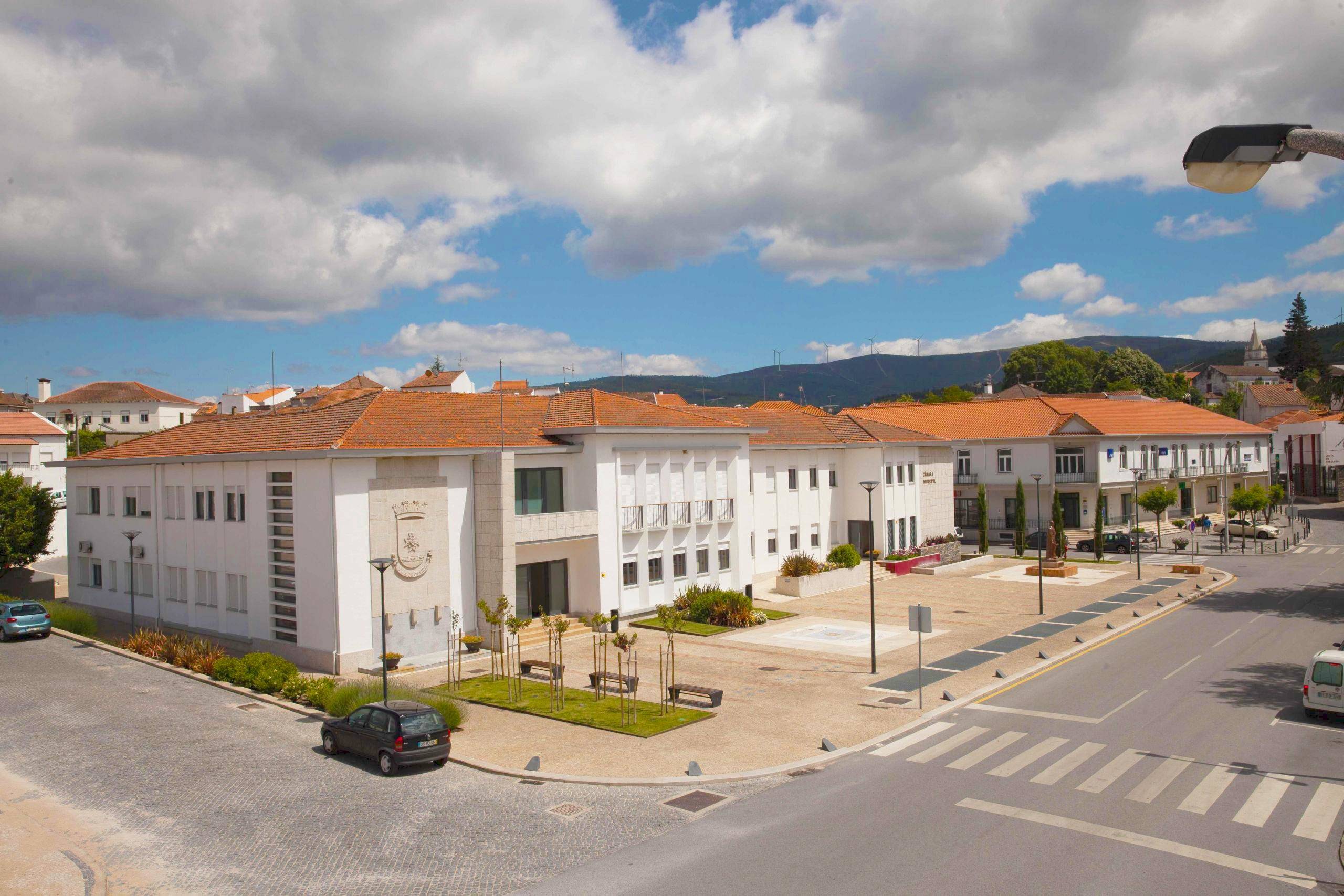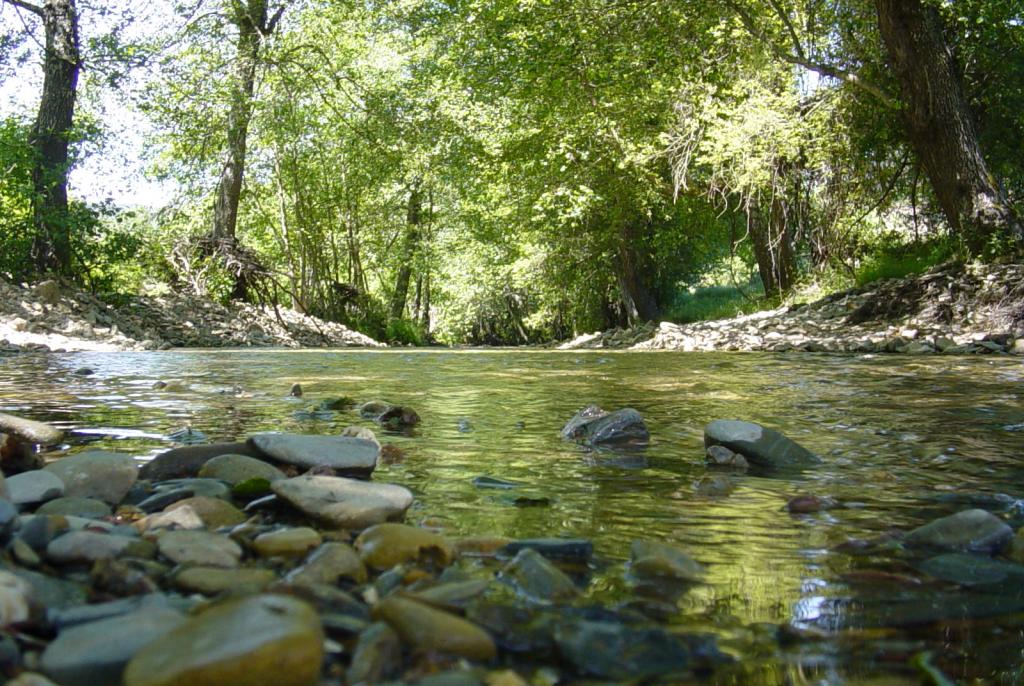Potters, the village that has survived since medieval times, is a testimony to a past that still needs to reconstitute, document, delimit and remember.
Etymologically, the term Potters seems to derive from the Latin word ollarium, which means "the manufacturer or dealer of clay pots". Although there are no traces of the existence of artisanal workshops, there are abundant species of clay greda clay, raw material indispensable to the practice of pottery. There are also those who believe that the word derives from olleiros, scouts or eyes of water, or springs, because some sources are found in the village.

In February 1811, French troops passed through the village of Oleiros, following the third invasion of the French. One of the reinforcement groups followed the new road, which had been opened by the summit of the mountains, between the villages of Fundão and Abrantes, to join the army on the lines of Torres Vedras. As soon as it was learned that this division would pass through this road, the population of Potters began to flee, so as to leave the houses entirely devoid of traces of their presence. flanking the French division and heading for the places of Abitureira, Rouco and Cambas.
With the arrival of French soldiers came also immense ammunition to supply cannons and rifles. The officers chose for paióis the safest and easiest places to watch, such as the Chapel of St. Margaret, given its high situation. The chapel was filled with explosives until the moment the French decided to leave. But when they retired they left a few barrels of gunpowder and then set the chapel on fire. In the outbreak was "carried by the air" the image of the patron saint of the chapel, Santa Margarida, which was eventually found, in the place that is still today called "horta da Santa", strangely intact.
The Oleirenses regarded it as a new miracle, which succeeded another that has been passed down from generation to generation for centuries. Once upon a time, the whole region was besothing by a terrible plague of locusts that spared nothing. The people then began to make constant pilgrimages to the hermitage of St. Margaret begging for help for a fight that could not win. The saint attended them because some time later they began to see large rows of locusts heading to the river, where they drowned. Potters was then free of the great scourge. In gratitude, its inhabitants have decided to celebrate every year a great feast in honor of St Margaret, who they have faithfully fulfilled.

In this land of traditions, there are several routes and routes through nature that can dazzle tourists and inhabitants, making known not only the richness of the municipality, but also the region. around sublime landscapes.
The gastronomy of Oleiros, rich and famous, includes several typical dishes, such as the goat stonated, the chanfana, the maranhos the grilled stream trout, the breaded rabbit and the chestnut soup. bowls and cavacas, prepared according to ancestral recipes. You can accompany your meal with the unique variety in the region, which is established along the banks of the river and that gives rise to the Callum Wine, exclusive to Oleiros. Due to the abundance of medronheiros in the region, there is a long tradition in the production of medronho brandy.
The result of a city council project, the inhabitants of the municipality can enjoy free trips on public transport until 2027.
The county is served by access roads that connect it to the rest of the country, and has basic infrastructure of citizen support services.
Source: Oleiros Town Hall